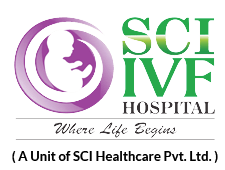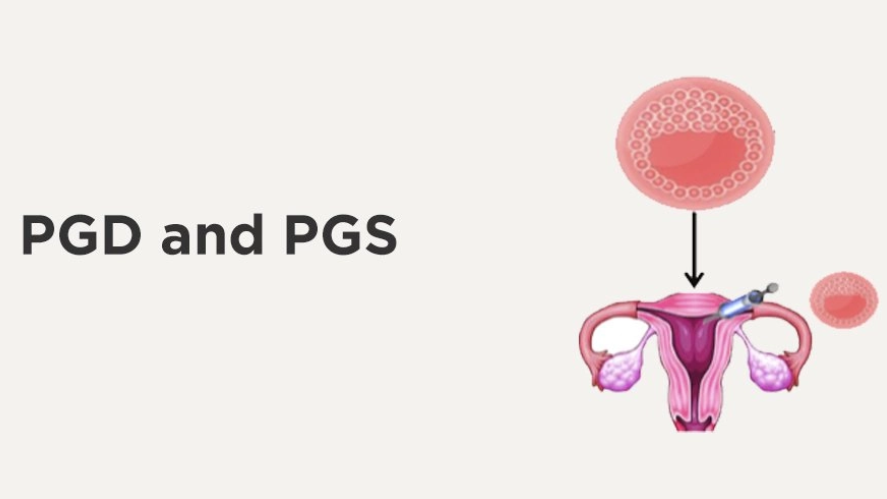In the realm of assisted reproductive technologies, Preimplantation Genetic Screening (PGS) and Preimplantation Genetic Diagnosis (PGD) have emerged as groundbreaking tools, providing new hope for couples seeking to build their families while mitigating the risk of genetic disorders. These techniques offer a glimpse into the genetic makeup of embryos before implantation, allowing for a more informed and personalized approach to fertility treatments. Let’s delve into the intricacies of PGS/PGD and explore how they are performed.
Understanding PGS and PGD:
- Preimplantation Genetic Screening (PGS): PGS involves the examination of embryos for chromosomal abnormalities. This screening helps identify embryos with the correct number of chromosomes, reducing the risk of implantation failure and miscarriage. The procedure is particularly beneficial for couples with a history of recurrent pregnancy loss or advanced maternal age.
- Preimplantation Genetic Diagnosis (PGD): Unlike PGS, PGD focuses on identifying specific genetic conditions within embryos. This technique is invaluable for couples with a known genetic disorder or those who are carriers of a particular genetic mutation. PGD allows for the selection of embryos free from the targeted genetic condition, minimizing the chances of passing it on to the next generation.
The PGS/PGD Process:
- Ovulation Stimulation and Egg Retrieval: The process begins with the stimulation of the woman’s ovaries to produce multiple eggs. These eggs are then retrieved through a minor surgical procedure.
- In Vitro Fertilization (IVF): In a laboratory setting, the retrieved eggs are fertilized with sperm to create embryos. The fertilization is monitored closely to ensure the development of healthy embryos.
- Blastocyst Culture: Embryos are cultured for a few days until they reach the blastocyst stage. This is a critical juncture for PGS/PGD, as the cells needed for genetic analysis are obtained from the outer layer of the blastocyst.
- Biopsy: A small number of cells are carefully removed from the trophectoderm (outer layer) of the blastocyst for analysis. This minimally invasive procedure is crucial for obtaining genetic information without compromising the embryo’s viability.
- Genetic Analysis: The extracted cells undergo comprehensive genetic testing, either through next-generation sequencing or other advanced techniques. PGS evaluates chromosomal content, while PGD targets specific genetic conditions.
- Embryo Selection and Transfer: Based on the genetic analysis, embryos without identified abnormalities are selected for transfer into the woman’s uterus. This personalized approach increases the likelihood of a successful pregnancy.
Conclusion:
As we navigate the frontier of reproductive technologies, PGS and PGD stand as pioneers in enhancing the success rates of fertility treatments and reducing the risk of genetic disorders. By allowing couples to make informed decisions about embryo selection, these techniques open new doors for creating healthy and thriving families. As technology continues to advance, the future holds even more promise for refining and expanding the applications of PGS and PGD in the realm of assisted reproduction.

